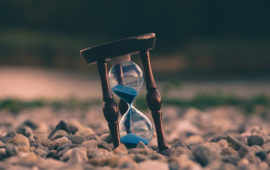
Five young men huddle around something of keen importance, against a backdrop of graffiti in one of the poorest townships in Johannesburg. Their future is dim, if we believe in history and those that have gone before them.
Apartheid was legally abolished in 1994, but the social cues show that it is alive and well. Rampant unemployment, dilapidated conditions, no infrastructure, and almost no hope.
We walked through the poorest sections of Soweto, home to over 3.5 million people. Tin roofs patch together some semblance of protection from the elements. Broken outhouses hold in place the basic dignity of human existence.
We huddled in cramped quarters that sleep 6 to 8 people, with barely enough room for two. A young baby snuggles in the warm bosom of her grandma, unaware of her lot. A kettle whistles aimlessly on a beat up stove.
There is no electricity, except for that, which is stolen from the local utilities. No running water. No education. No dignity of human life. Just squalor. And despair. And ignorance.
Our visit to the Apartheid museum told us the story about their suffering, but more on that later. For now, I must process what I saw, heard and felt. How can so many, have so little, and a small majority have so much? There has to be justice on God’s good earth. The people in Soweto, patiently wait their turn.
